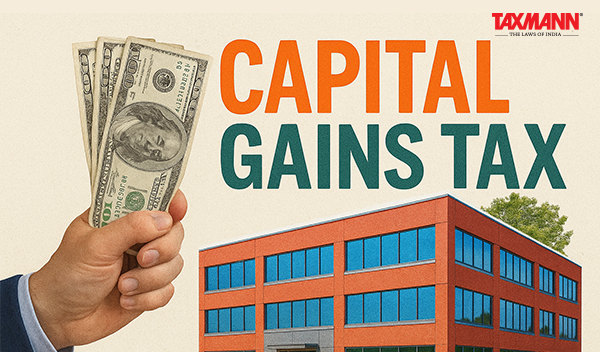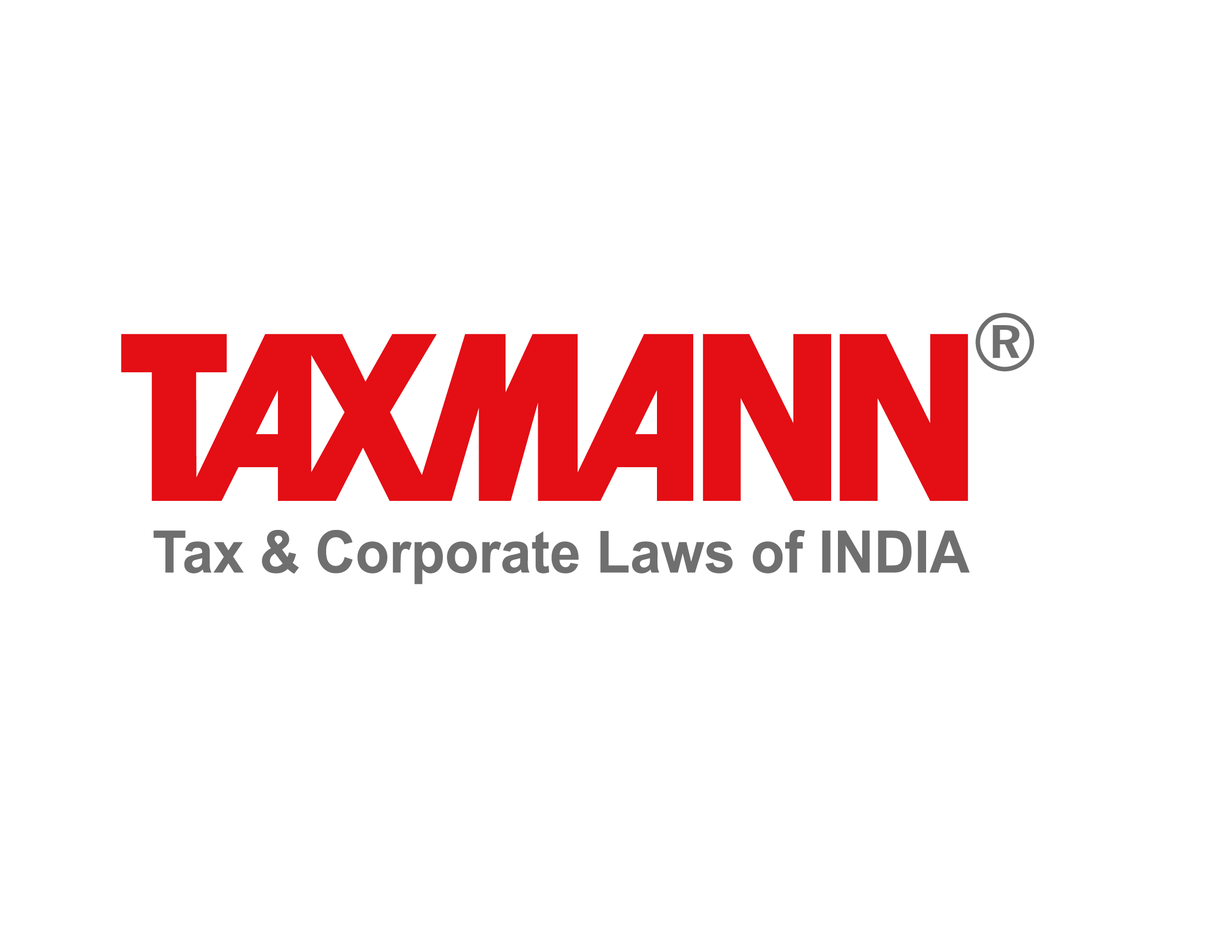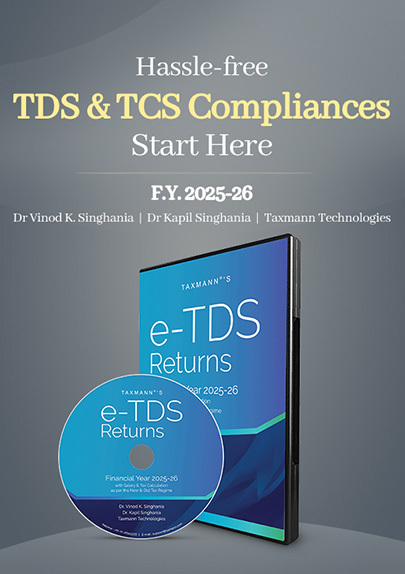Capital Gains Tax Limited to Firm-Owned Assets | ITAT
- Blog|News|Income Tax|
- 2 Min Read
- By Taxmann
- |
- Last Updated on 17 May, 2025

Case Details: Deputy Commissioner of Income-tax vs. Shree Bhawani Mills - [2025] 174 taxmann.com 38 (Lucknow-Trib.)
Judiciary and Counsel Details
- Sudhanshu Srivastava, Judicial Member & Nikhil Choudhary, Accountant Member
-
Manu Chaurasia, CIT DR. for the Appellant.
-
P.K. Kapoor, C.A. for the Respondent.
Facts of the Case
In this case, Punjab National Bank auctioned immovable property to recover a loan from the assessee firm. The secured assets included the firm’s building, structure, and plant & machinery, along with land owned by the partner, Smt. Shakuntla Devi.
The auction was held on 26.04.2016, fetching ?5,28,97,000. The Assessing Officer treated the entire amount as long-term capital gains of the firm, since no return had been filed for that year.
The assessee appealed, arguing that the land did not belong to the firm, so proceeds related to it couldn’t be taxed in the firm’s hands. It also claimed depreciation and WDV weren’t deducted for the firm-owned assets. The assessee submitted land ownership proof to show that the land belonged to the partner.
The CIT(A) accepted this and held that only proceeds related to the building and machinery could be taxed after proper deductions. The matter reached before the Tribunal.
ITAT Held
The Tribunal held that the sale deed showed that the land in question, which formed part of the auctioned assets, belonged to Smt. Shakuntla Devi, the partner of the firm and not to the firm. In view of this, the firm could not be charged with long-term capital gain on the alienation of an asset that did not belong to it.
The only gains attributable to the firm could be on account of building structure and plant and machinery, which were owned by the firm and depicted in its schedule of fixed assets. For the same, the AO was required to arrive at the figures of amounts realised on sale of building structure and plant and machinery and compute the profits on the sale of the same after deducting the written down value as it stood in the books of the assessee.
No other amount could be taxed in the hands of the assessee as capital gains, for assets which did not belong to it. In the circumstances, ITAT were inclined to agree with the ultimate decision of the CIT(A) in granting relief to the assessee.
Disclaimer: The content/information published on the website is only for general information of the user and shall not be construed as legal advice. While the Taxmann has exercised reasonable efforts to ensure the veracity of information/content published, Taxmann shall be under no liability in any manner whatsoever for incorrect information, if any.

Taxmann Publications has a dedicated in-house Research & Editorial Team. This team consists of a team of Chartered Accountants, Company Secretaries, and Lawyers. This team works under the guidance and supervision of editor-in-chief Mr Rakesh Bhargava.
The Research and Editorial Team is responsible for developing reliable and accurate content for the readers. The team follows the six-sigma approach to achieve the benchmark of zero error in its publications and research platforms. The team ensures that the following publication guidelines are thoroughly followed while developing the content:
- The statutory material is obtained only from the authorized and reliable sources
- All the latest developments in the judicial and legislative fields are covered
- Prepare the analytical write-ups on current, controversial, and important issues to help the readers to understand the concept and its implications
- Every content published by Taxmann is complete, accurate and lucid
- All evidence-based statements are supported with proper reference to Section, Circular No., Notification No. or citations
- The golden rules of grammar, style and consistency are thoroughly followed
- Font and size that’s easy to read and remain consistent across all imprint and digital publications are applied



 CA | CS | CMA
CA | CS | CMA
